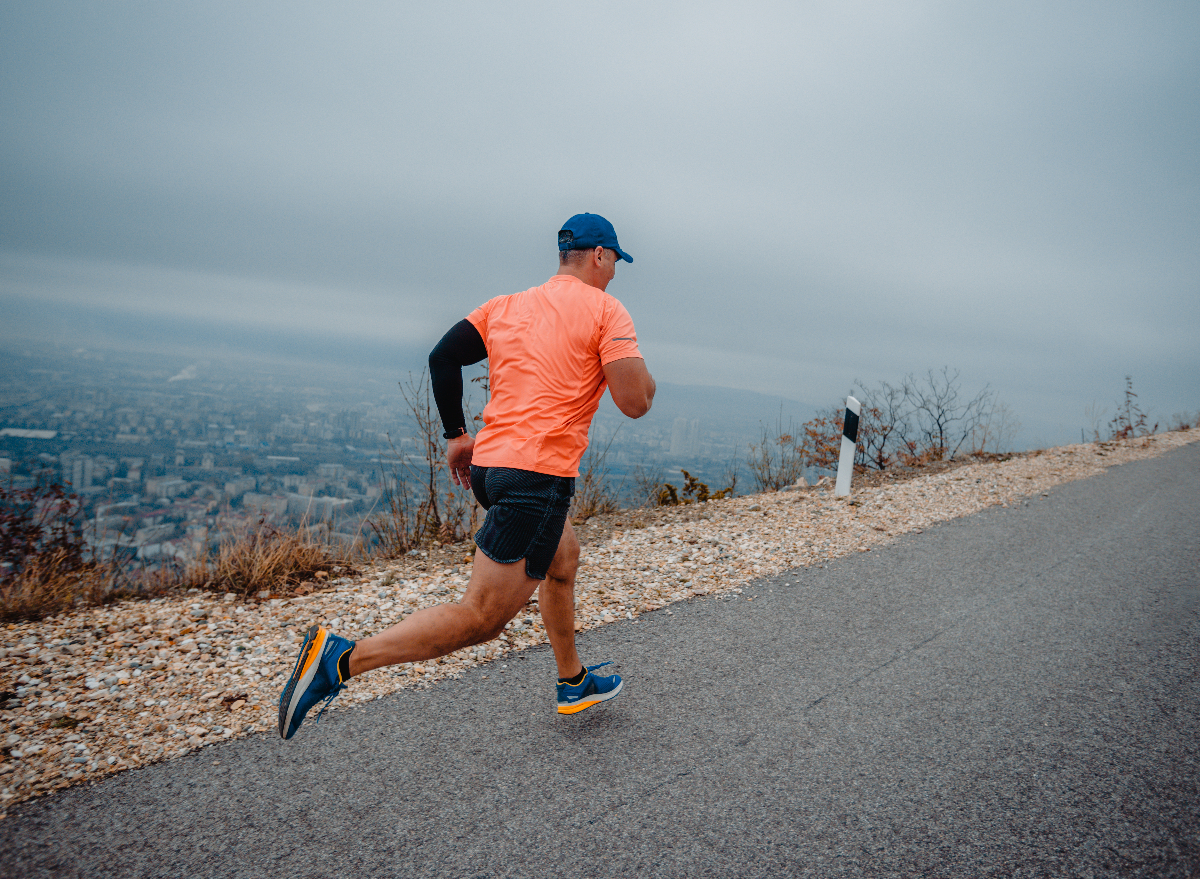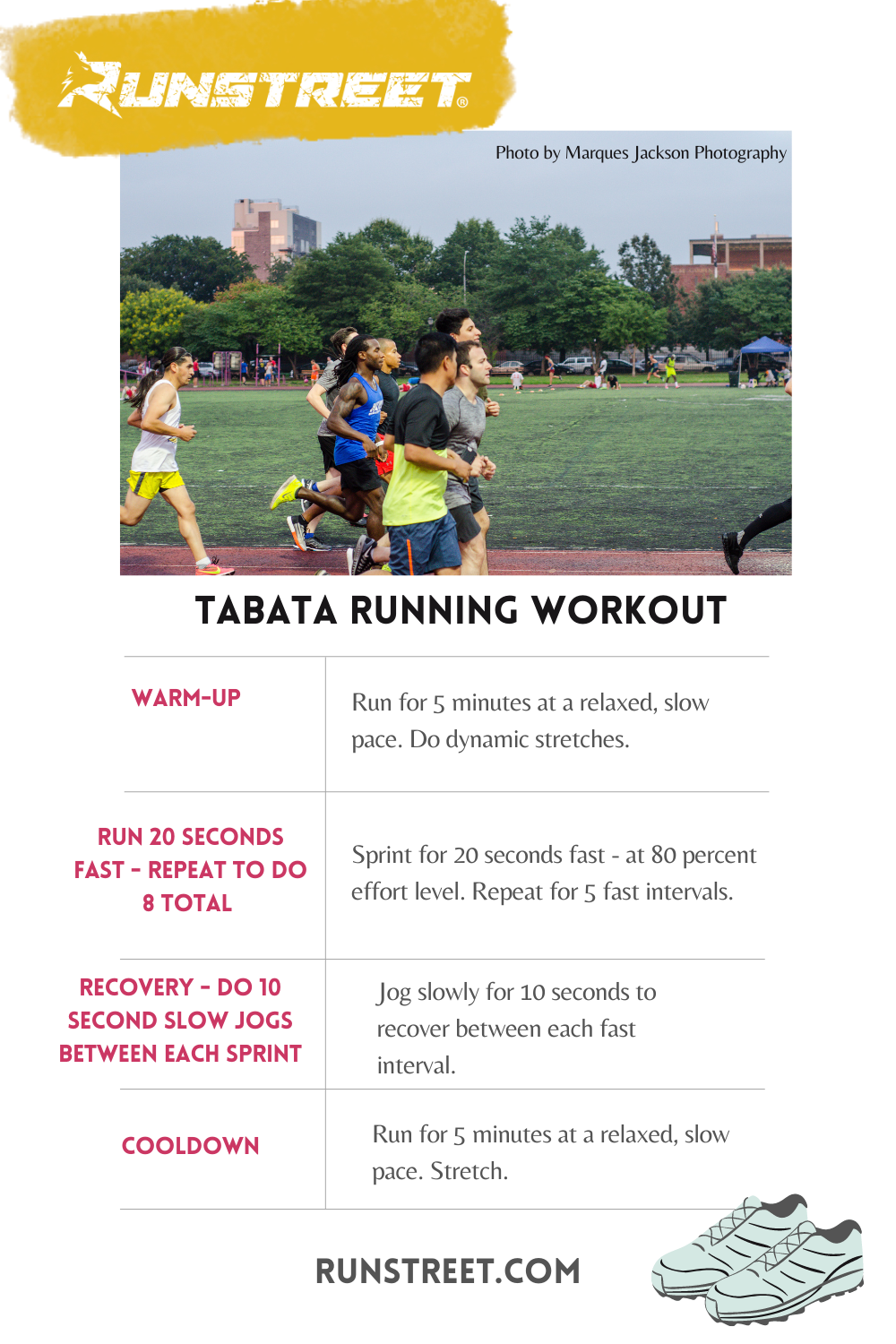The Ultimate Overview to Managing Pain When Running
Whether you are a seasoned marathoner or simply beginning your running journey, understanding the different kinds of pain that can occur and the techniques to address them is important. From pre-run warm-up regimens to correct shoes option, there are many elements to consider when it comes to dealing with discomfort while running.
:max_bytes(150000):strip_icc()/HIIT-treadmill-workout-promo-04629651f9fc4854a8afca1c29ba528a.jpg)
Understanding Different Kinds of Running Pain
When running, it is important to distinguish in between different sorts of pain to prevent injuries and maximize performance (Read More). One typical kind of pain that runners may experience is muscular tissue soreness, which typically arises from the stress and anxiety placed on muscle mass during workout. This sort of discomfort is usually a regular part of the running process and can be taken care of with proper workout, cool-down, and stretching regimens
One more kind of pain to be conscious of is joint discomfort. Joint pain can suggest concerns such as overuse, improper kind, or underlying conditions like joint inflammation. Overlooking joint pain can cause extra severe injuries, so it is vital to address any type of pain quickly and potentially look for professional recommendations.
In addition, sharp or stabbing pains ought to not be neglected. These sorts of discomfort can signal severe injuries such as stress, sprains, or stress and anxiety cracks - running workout. Remaining to go through these sorts of discomfort can worsen the injury and extend recuperation time

Pre-Run Warm-Up and Extending Regular
To prepare the body for a running session, carrying out a reliable pre-run workout and stretching regular is vital. A correct warm-up aids enhance blood flow to the muscles, enhances adaptability, and lowers the danger of injury throughout the run. Begin with dynamic stretches like leg swings, arm circles, and high knees to progressively increase your heart price and chill out the muscle mass. Dynamic extending helps imitate the motions you'll be doing while running, preparing your body for the task in advance. Follow this with static stretches focusing on significant muscle mass teams such as the hamstrings, quadriceps, calves, and glutes. Hold each go for about 15-30 secs without jumping to advertise muscle relaxation and flexibility. Keep in mind to pay attention to your body and change the intensity of your warm-up based upon your fitness level and any type of pre-existing conditions. By including a constant pre-run workout and stretching routine right into your running program, you can maximize efficiency and lessen the threat of pain or injury.
Appropriate Footwear Choice and Fit
Choosing proper shoes that fits well is crucial for joggers to stop pain and lower the risk of injuries. Uncomfortable footwear can bring about sores, black toe nails, shin splints, and various other painful problems that can impede efficiency and sideline training. When selecting running footwear, it is necessary to think about aspects such as foot type, running stride, arch support, padding, and shoe size. running strategy. Visiting a specialty running store for a stride evaluation and expert installation can aid ensure that you choose the right shoes for your private needs. Running shoes should offer sufficient support and stability while additionally fitting and lightweight. In addition, it is suggested to change your running footwear every 300-500 miles to keep appropriate padding and assistance. Purchasing premium footwear that is appropriate for your running design and foot composition is a proactive step towards avoiding pain and injuries throughout your runs.
Nutrition and Hydration Tips for Discomfort Avoidance

Hydration is just as important for joggers to avoid aches, dehydration, and other discomforts that can bring about pain throughout running. It is advised to drink an ample amount of water throughout the day and particularly in the past, during, and after running sessions. Electrolyte-rich drinks or sporting activities drinks can likewise be valuable for replenishing his comment is here shed minerals and keeping proper fluid equilibrium. running strategy (Read More). By prioritizing nourishment and hydration, runners can boost their performance, lessen discomfort, and delight in an extra comfortable running experience.
Post-Run Recovery Techniques to Relieve Discomfort
Implementing effective healing strategies is essential for relieving pain and advertising muscle healing after running sessions. One crucial post-run recuperation technique is stretching. Including fixed go for major muscle groups can help in reducing muscular tissue stress and soreness. Foam rolling is one more helpful technique to launch muscular tissue tightness and improve blood flow to the muscle mass, helping in quicker recuperation. Furthermore, icing sore areas for 15-20 minutes can help reduce swelling and numb discomfort post-run.
Moisturizing appropriately post-run is crucial for restoring liquids shed during exercise and assisting in muscle recuperation. Consuming a balanced treat or dish that includes protein and carbs within thirty minutes of completing a run can help fix muscle mass tissue and restore power stores. Additionally, obtaining sufficient rest is vital for permitting the body to fix and enhance muscles. Including energetic healing activities such as light strolling or swimming can likewise help advertise blood flow and lower muscular tissue tightness - Read More. By integrating these post-run recovery techniques into your regimen, you can efficiently manage pain and maximize your running efficiency.
Conclusion
Finally, attending to different kinds of running discomfort through correct warm-up, extending, footwear choice, nutrition, hydration, and post-run recuperation methods is essential for discomfort prevention and monitoring. By comprehending the root causes of discomfort and implementing these methods, runners can lessen discomfort and potential injuries. It is critical to prioritize total physical health and health to guarantee an effective and pleasurable running experience.